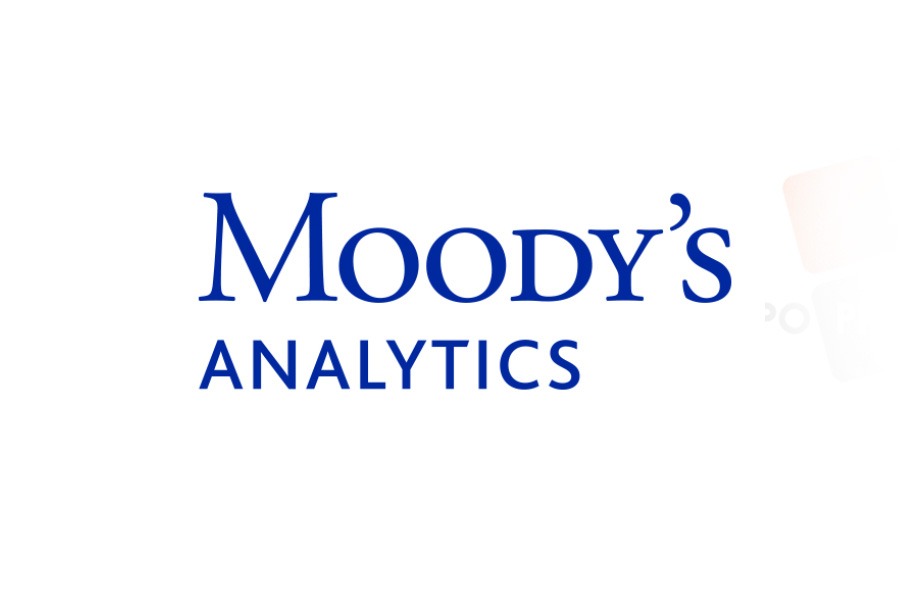The Philippine economy is on track to meet its 7-9 percent growth target for 2022 amid the backdrop of macro headwinds and runaway inflation, Asia Pacific Economic Preview, in its latest Asia Pacific Economic Preview.
In addition, Moody’s predicted the Philippines to sustain its growth momentum, expanding 8.8 percent in the second quarter of the year. The impressive performance of the country’s gross domestic product (GDP) makes it among the top performing economies in the Asia-Pacific, “following four quarters of spectacular growth that have put the country on track to comfortably meet its GDP (gross domestic product) target of seven to nine percent in 2022.”
Malaysia’GDP is forecasted to expand by 6.4 percent during the period, Moody’s Analytics added.
“Private consumption and investment will buoy second-quarter growth, but higher inflation, rising interest rates, and fiscal consolidation will slow the economic expansion in the second half of the year,” the report said.
Economic managers have earlier reduced the growth target for this year between 6.5-7.5 percent because of the impact of domestic and external developments. As measured by GDP, the domestic economy grew by 8.3 percent in the first three months of this year, sustaining its expansion since recovering from the negative output in the second quarter of last year when it rose by 12.1 percent.
The Philippine Statistics Authority (PSA) is scheduled to report the 2022 second quarter output on 9 Aug.
Economic managers said household consumption and private investments are projected to back the economy’s continued recovery amidst the impact of higher inflation, among others.
They also cited a strong manufacturing industry, high vaccination rate, improvement in healthcare capacity, and rise in tourism and employment as the buoy for this year’s growth.
Biting inflation
However, Moody’s Analytics said runaway inflation would continue to bite the region, particularly in Indonesia, South Korea, the Philippines and Thailand, which reported high prices in July.
It added that inflation demonstrates how susceptible Asia is to the supply pressures from supply-chain snags and higher commodity prices from Russia’s invasion of Ukraine.
Regionally, China’s strict Covid-19 management strategy is making the production and transportation of critical inputs increasingly tricky, and there is no indication of the country shifting towards endemic living.
It went on to say, “Philippine headline inflation continued its upward trend in July, hitting 6.4 percent. This brought the national year-to-date inflation reading to 4.7 percent, close to the five percent inflation forecast for 2022 that Bangko Sentral ng Pilipinas revised in June.”
Similar to June, Moody’s Analytics added that the food and nonalcoholic beverages segment and transport were the main drivers of headline inflation, rising 6.9 percent year-on-year and 18.1 percent year-on-year, respectively.
In July, a sugar shortage caused sweetener prices to surge, with sugar, confectionery, and dessert prices up 17.6 percent year on year. Oil prices, on the other hand, are on a downward trend. The price of Brent crude oil fell below $100 per barrel in July amidst recession fears. The CPI index for housing, water, electricity, gas, and other fuels decreased 5.7 percent yearly.
